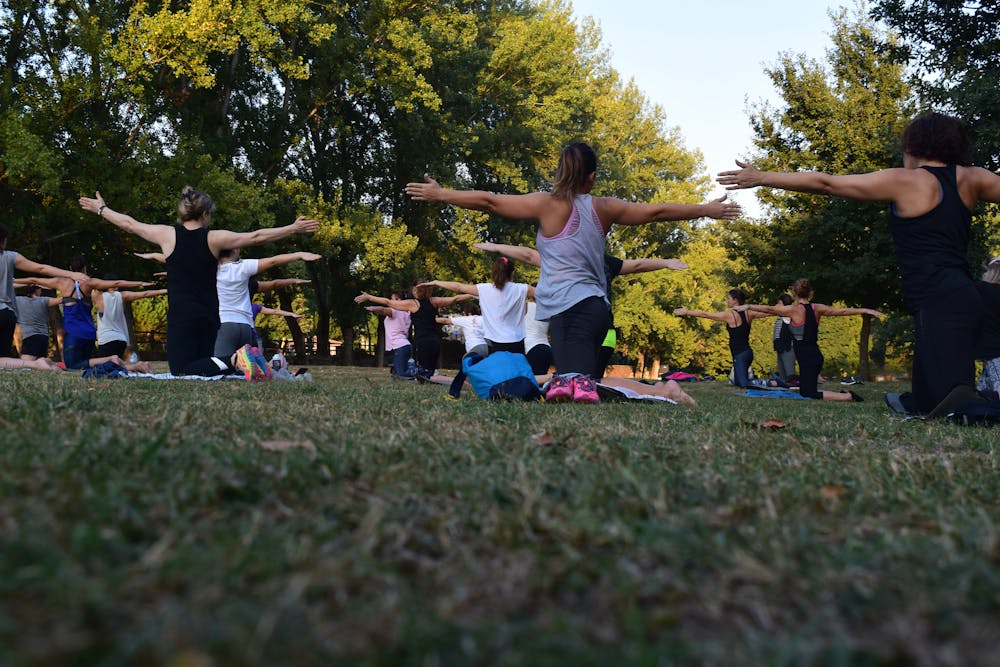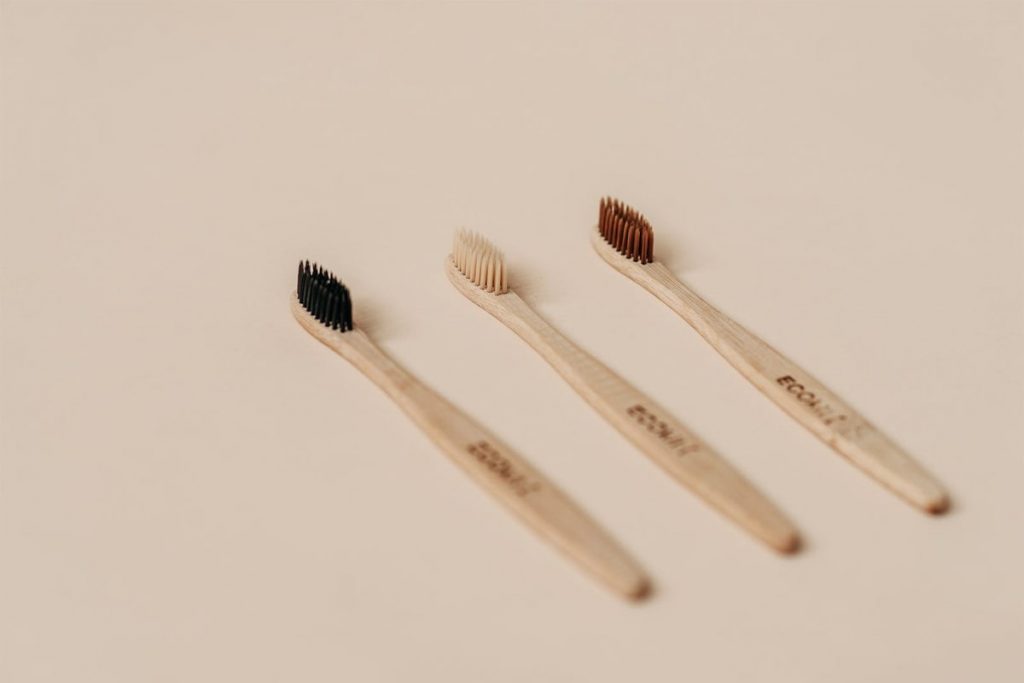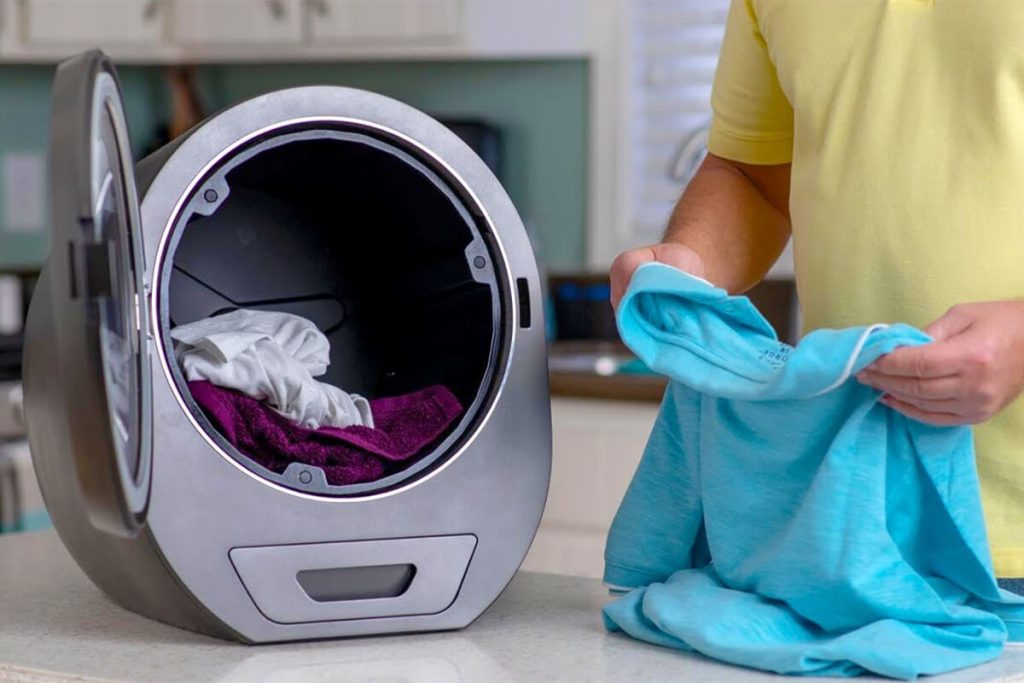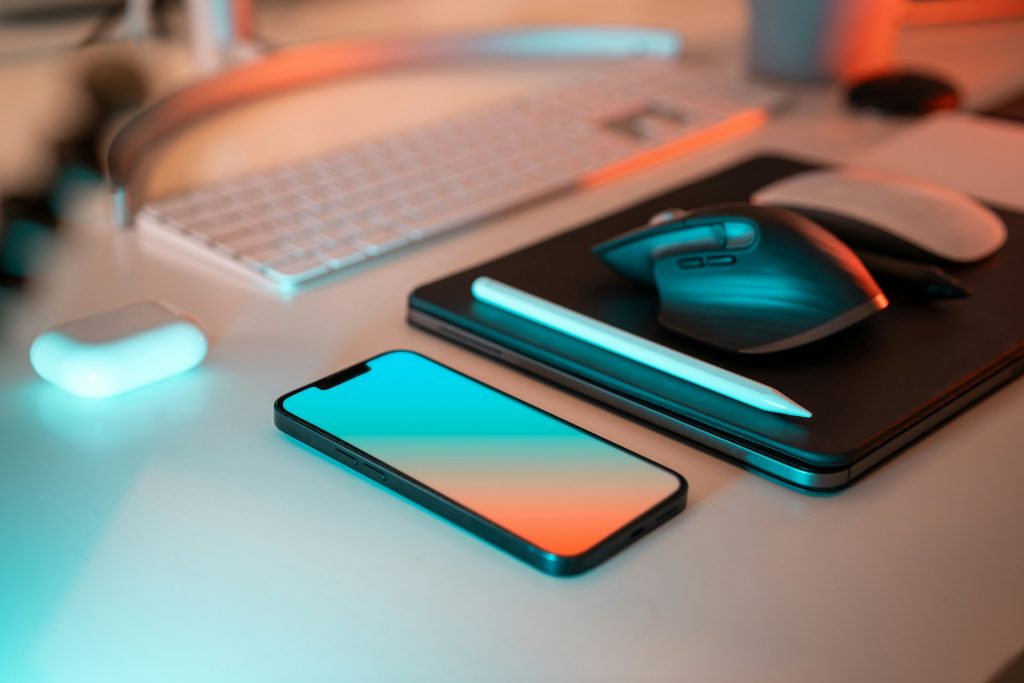The landscape of cosmetic surgery has seen remarkable transformations in the last few years. As of 2023, a surge in the number of facelift procedures worldwide has been noted. Current statistics show that the number of facelifts has increased by a staggering 25% in the last five years. This upsurge not only indicates the growing acceptance of cosmetic procedures but also underscores the advancements in the industry, leading to safer, more efficient, and increasingly accessible options.
Let's delve into some of the most sought-after facelifts in 2023:
Mini Facelift
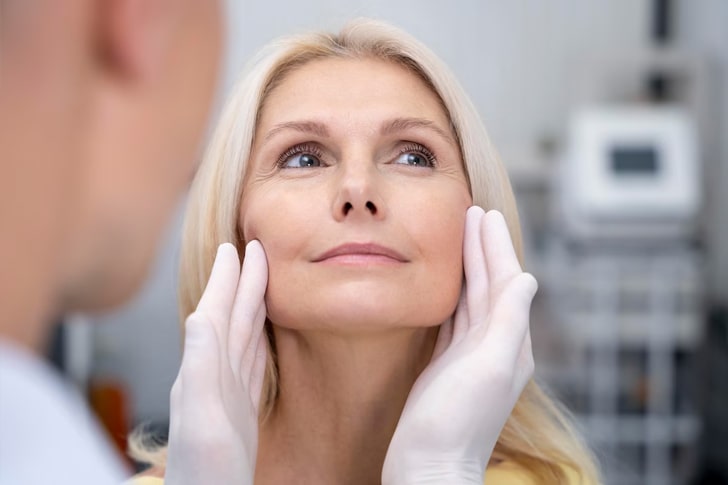
freepik / freepik
A popular option among those looking for subtle improvements, the Mini Facelift targets the jawline and neck areas, eliminating minor sagging.
Advantages: This procedure involves smaller incisions, leading to quicker recoveries compared to traditional facelifts. Its minimally invasive nature means fewer scars and less swelling.
Drawbacks: Its effects may not be as long-lasting as more extensive procedures, and it may not address severe sagging or wrinkles adequately.
Downtime: Recovery usually spans a week, with most individuals returning to work within 10 days.
Thread Lift
Also known as the "lunchtime lift," the Thread Lift is a non-surgical treatment that uses biodegradable threads to lift and tighten sagging skin.
Advantages: The procedure is quick, often completed in under an hour, and results in immediate skin lifting. As the threads dissolve over time, they stimulate collagen production, enhancing skin elasticity.
Drawbacks: The effects of a Thread Lift may not be as dramatic or long-lasting as surgical methods, usually lasting around 1-2 years.
Downtime: Minimal, with most patients resuming daily activities immediately, although slight swelling or bruising may occur.
Fat Transfer Facelift
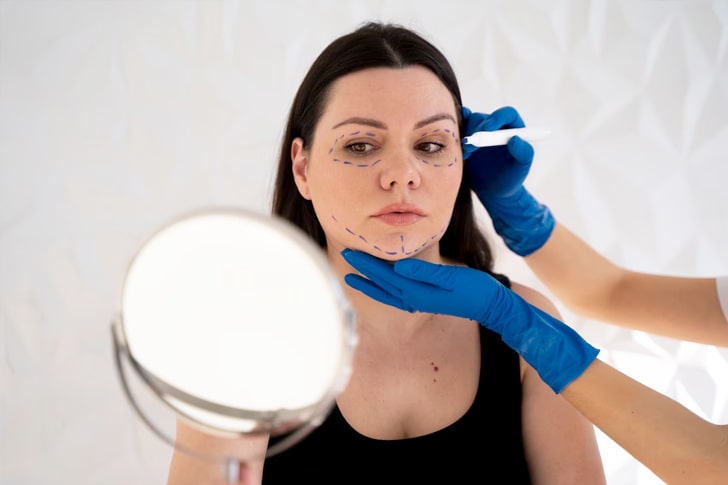
freepik / freepik
By utilizing fat from one's body, the Fat Transfer Facelift adds volume to facial areas, giving a rejuvenated appearance.
Advantages: Besides the lifting effect, this method uses the patient's fat, eliminating the risk of allergic reactions. It offers a more natural look and addresses issues like facial hollowing.
Drawbacks: The procedure's success depends on how well the body reabsorbs the transferred fat. Some patients may require multiple sessions to achieve desired results.
Downtime: Recovery is generally between 7 to 10 days, with potential swelling and bruising.
Deep Plane Facelift
Targeting deeper facial structures, the Deep Plane Facelift is an advanced procedure that addresses sagging in the mid-face, neck, and jawline.
Advantages: Results are long-lasting and can significantly transform one's appearance. The procedure repositions the whole face, leading to more harmonious results.
Drawbacks: As a more extensive procedure, it comes with increased risks and a longer recovery period.
Downtime: Typically, patients require 2-3 weeks for recovery, with lingering swelling potentially lasting a month.
Ultrasound Facelift
Utilizing ultrasound energy, this non-surgical facelift stimulates collagen production, tightening and lifting the skin over time.
Advantages: Being non-invasive, there's no risk of scarring. The procedure aids in natural collagen production, leading to gradual and more natural-looking results.
Drawbacks: Results are less dramatic compared to surgical facelifts and may take 2-3 months to become fully apparent.
Downtime: Minimal to none. Some individuals might experience slight redness post-procedure, but this usually subsides within a few hours.
Non-Surgical Facelift
Going under the knife isn’t the only way to get your youth back. There are plenty of non-invasive treatments out there that are cheaper than a traditional face lift and give you similar results with little to no downtime.
Dermal Fillers
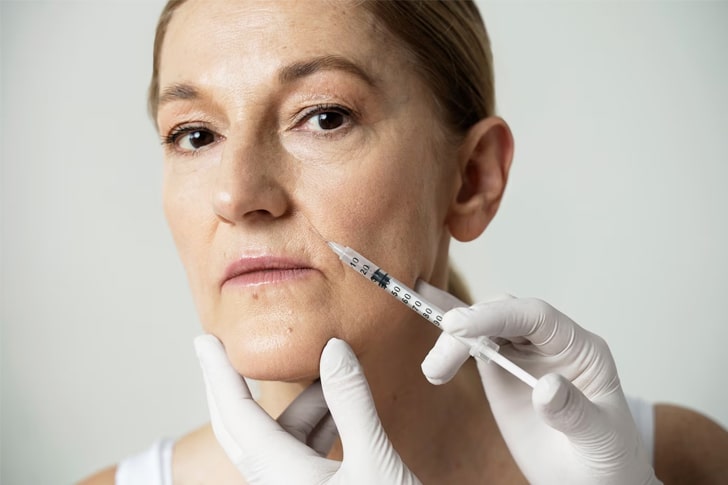
freepik / freepik
Dermal fillers are injectable substances that fill in wrinkles and add volume to soft tissue. They can plump thin lips, enhance shallow contours, soften facial creases, and improve the appearance of recessed scars.
How They're Performed: Using a fine needle, the filler is injected beneath the skin to plump the underlying tissue. Popular fillers include hyaluronic acid (like Juvederm and Restylane) and calcium hydroxylapatite (like Radiesse).
Botox
Botox is an injectable that relaxes facial muscles. It's used to treat facial wrinkles, particularly those between the eyebrows, on the forehead, and around the eyes.
How It's Performed: Botox is injected into specific muscles using a fine needle. It works by blocking nerve signals in the muscles where it is injected, reducing muscle activity and preventing wrinkles from forming.
Laser Skin Resurfacing

wavebreakmedia_micro / freepik
This procedure uses concentrated beams of light to reduce facial wrinkles, scars, and blemishes. Common types include fractional, carbon dioxide (CO2), and erbium laser resurfacing.
How It's Performed: The laser is directed at the skin's surface, removing layer by layer with precision. This process stimulates the growth of new collagen fibers, leading to smoother and firmer skin.
Ultherapy (Ultrasound Therapy)
Ultherapy is an FDA-approved treatment that uses ultrasound energy to lift and tighten the skin. It’s particularly effective for the neck, chin, and brow areas.
How It's Performed: The device delivers focused ultrasound energy at precise depths and temperatures to initiate neocollagenesis (the production of new collagen), without disturbing the surface of the skin.
Radiofrequency (RF) Therapy
RF therapy uses energy waves to heat the deep layer of your skin. This heat stimulates collagen production, resulting in tighter skin.
How It's Performed: A device is used to deliver RF waves to specific areas of the face. The heating action causes the skin tissue to remodel, which boosts collagen and elastin production.
PDO Thread Lift
A non-surgical facelift using Polydioxanone (PDO) threads. These threads are introduced into the deeper layers of the skin, and once introduced, they produce 3 effects: lifting, promoting collagen synthesis, and neovascularization to improve skin texture and elasticity.
How It's Performed: Fine threads are inserted into the face using needles. Over time, these threads dissolve, but the effects last due to the collagen stimulation they produce.
Chemical Peels
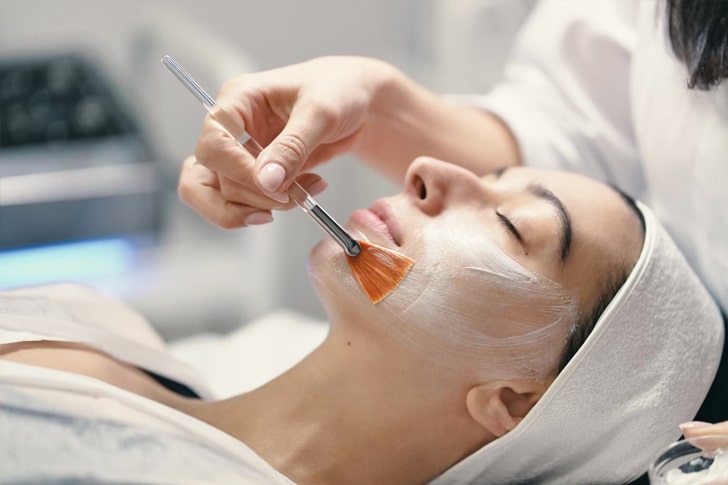
ArthurHidden / freepik
These involve applying a chemical solution to the skin, causing it to shed and eventually peel off, revealing smoother, less-wrinkled skin beneath.
How They're Performed: A chemical solution is applied to the skin. Depending on the strength, it causes the skin to blister and eventually peel off.
Microneedling
Microneedling, or collagen induction therapy, involves using fine needles to create hundreds of tiny, invisible puncture wounds in the top layer of the skin.
How It's Performed: A derma roller or electronic device is used to create controlled micro-injuries to the skin. This stimulates the body's natural wound-healing process, increasing collagen and elastin production.
show more






